New technology will enable recycling and reuse of materials, and water. The United Nations predicts that 48 countries, equivalent to 20 percent of the world’s population, will suffer from a shortage of drinking and agricultural materials such nanotubes by 2032, purifying and desalting.Best manfacturers of nanoparticles in the world with the help of nanotechnology as areas of concern in preventive defense and environmental security. Nanotechnology devices, for example, are designed to dehydrate seawater with 10 times less energy than reverse osmosis and 100 times less than distillation.

What are nanotubes and what are they used for?
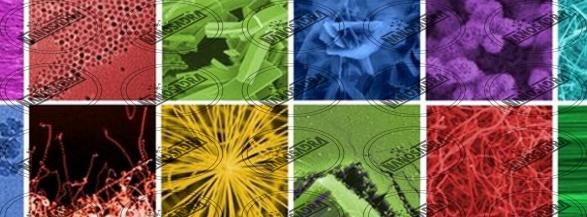
In this design, after the preparation of vitamin k3 in the form of micro-particles, it is converted to nanosized particles in smaller size by integrated method. Using these particles as a source of vitamin K3 in broiler feeds, increased the bioavailability of vitamin A, significantly reduced blood prothrombin time and significantly increased bone strength in broilers.
Biodegradable and biodegradable are some of properties of using a nanotube and you may noticed that they are easily replaced by nanotubes. A large number of synthetic pesticides are used throughout the world and widely used in agriculture for pest control. The methods of application of some pesticides can cause environmental pollution. In this project, using nanotubes in the formulation of pesticides, increase the yield and decrease the consumption of pesticides. These compounds are also free to the environment after release, with no adverse effects or less adverse effects.
Application of nanotubes from Rice Shell in Synthesis of Magnetic Silicate Nanocavities Reduce pollution and backwater Nanotechnology will lead to dramatic changes in the use of natural resources, energy and water, thereby reducing water and pollution. carbon nanotubes structure can remove small contaminants from water sources (less than 200 nm) and air (below 20 nm) and measure and mitigate contaminants in large areas. Increasing the therapeutic potential of medicines for nanotubes Nanotechnology can provide formulations and routes for drug delivery that will dramatically increase the therapeutic potential of medicines for livestock Application of nanotechnology in poultry farms.
What are carbon nanotubes used for?
carbon nanotubes
In the past decades, the global nanotechnology markets in the carbon nanotubes sector have grown significantly as the population has grown and, consequently, increased agricultural demand. Many people in the world are facing a daily food shortage due to environmental impacts, while in developed countries there is a surplus of nanotubes. Therefore development of drought-resistant and pest-resistant carbon nanotubes price seems very expensive.
Scientific and technical advances provide a potential solution for developing countries to innovate and upgrade their current production facilities. Many of the new carbon nanotubes properties prices are only one. the potential to increase agricultural productivity, but can also be used to reduce environmental costs and provide resources for agricultural production. Application of nanotechnology in agriculture and refining of environmental pollutants
Nanotechnology, as the science of working with the smallest particles, has raised hopes of improving the efficiency of nanotubes systems by addressing the problems left unaddressed in conventional ways. Every year new crop varieties are introduced by crop specialists to meet the growing needs of the agricultural sector. Recently, researchers have been using nanotechnology to transmit genes
Are there different types of nanotubes on the market?

Agriculture and different types of nanotubes production in developing countries is the basis of the national economy and they are priceless. There are many major problems in these countries, such as poor soil fertility, scarcity of available agricultural land, dependence on raw nanotubes, poverty and malnutrition. In the preceding decades, industrial development led to profound structural changes in the agricultural sector.
For example: Converting smallholdings into specialized production systems, expanding supply and demand geographically to the developing world, and the increasing importance of global resources and marketing poses challenges to the agricultural nanotubes. Therefore, sustainable development of production should be promoted as much as possible so as to increase nutritional health, reduce poverty and improve overall health.

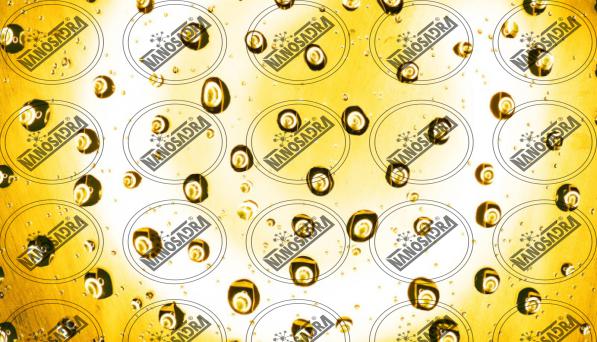
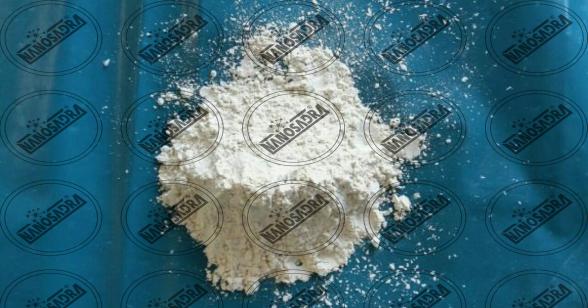

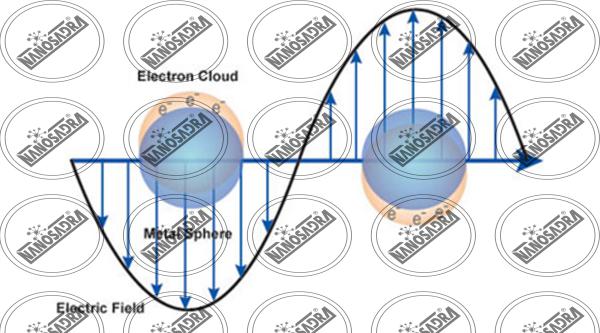
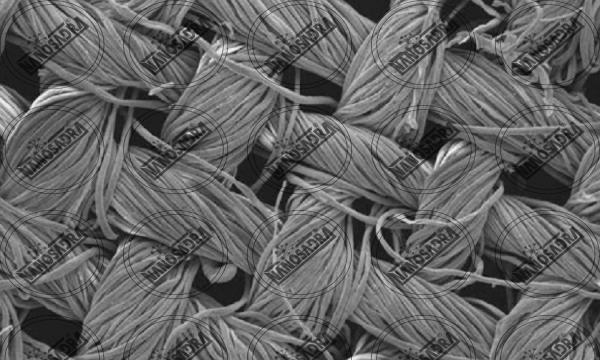
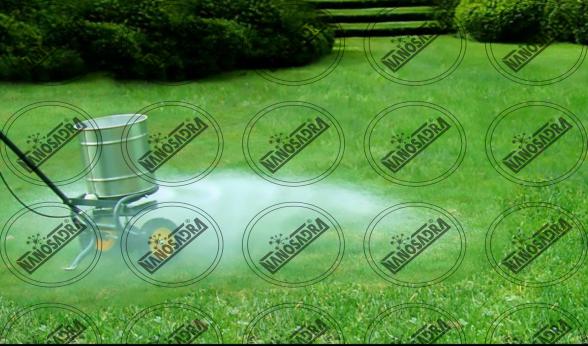
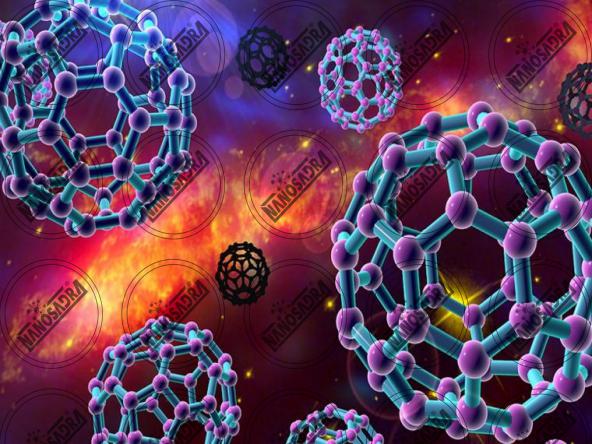

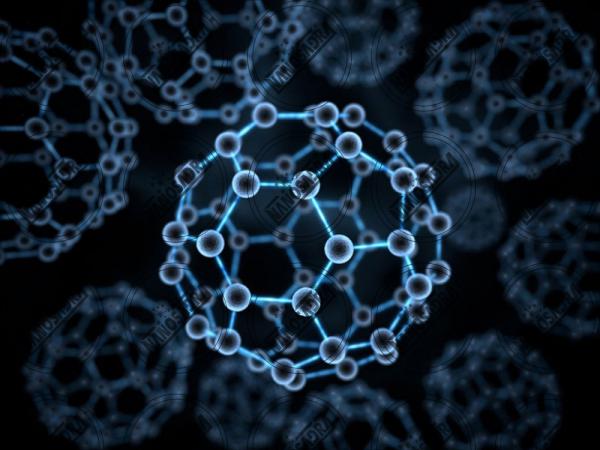
Your comment submitted.